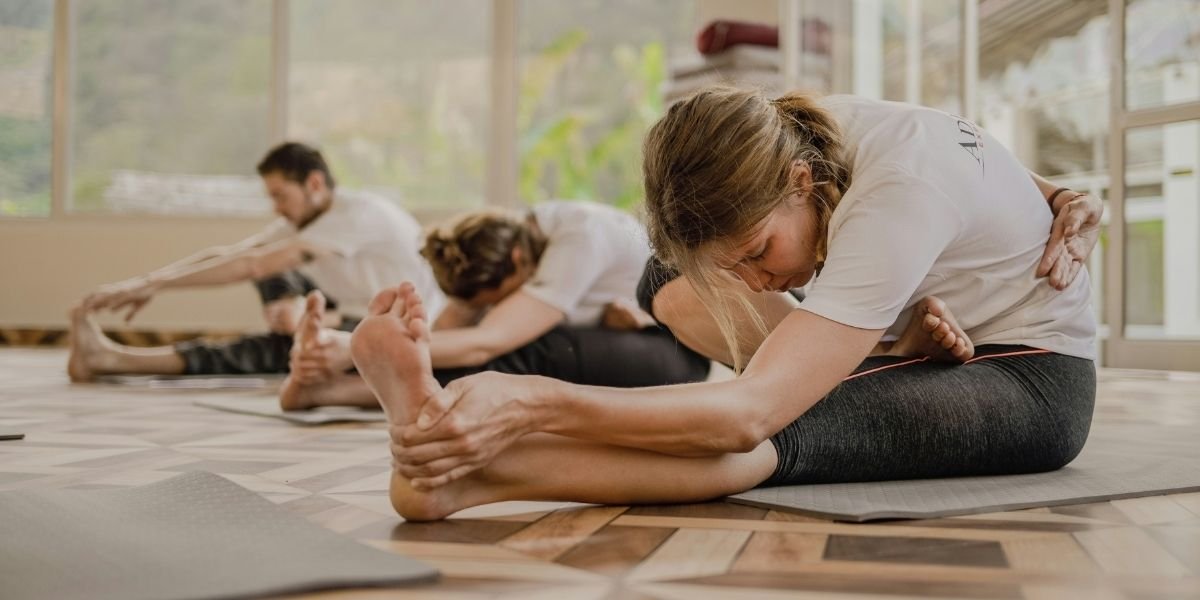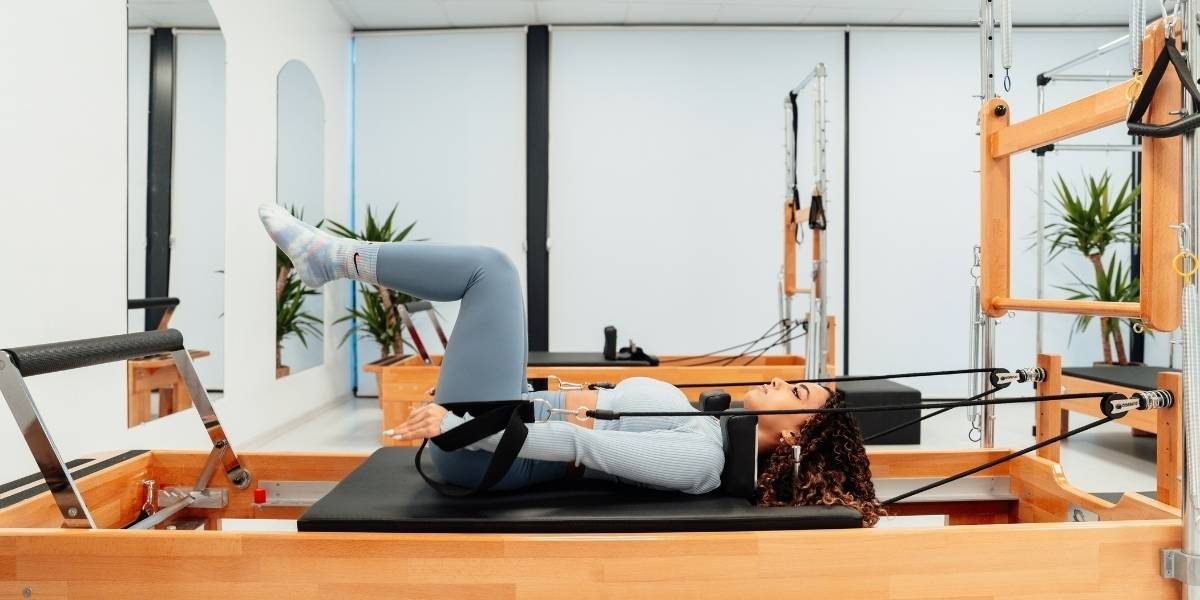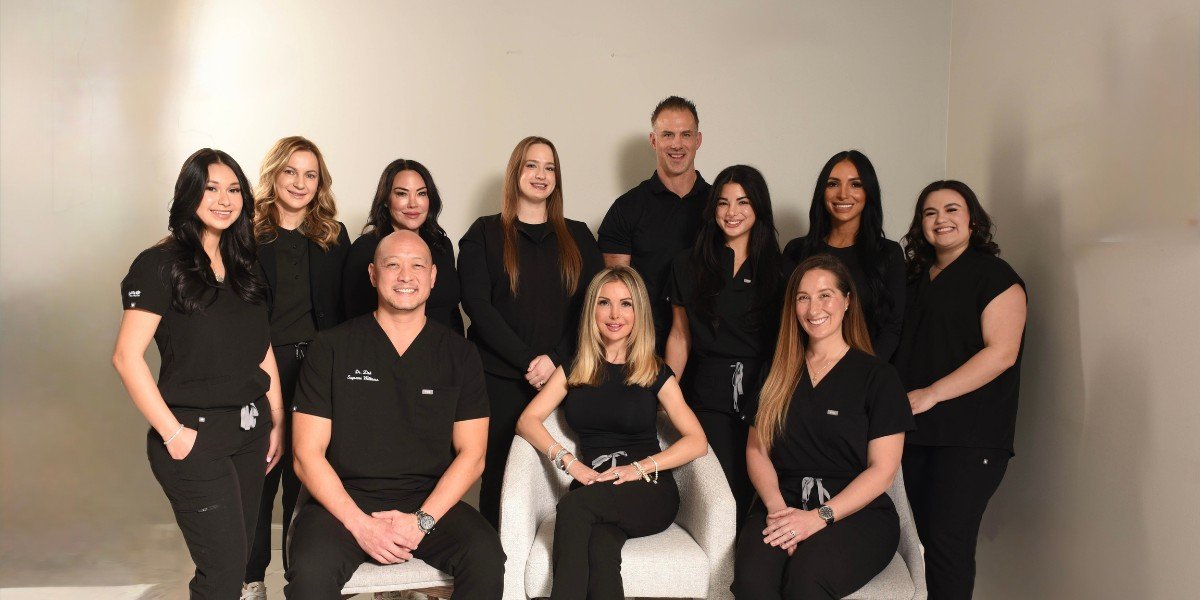Why are Pilates studios gaining popularity so quickly?
Pilates isn’t new, but the sudden boom in studios popping up almost everywhere has made many wonder what’s really driving the growth. At a glance, it might seem like just another trend in fitness, but a closer look shows something more lasting. What sets Pilates apart is how it delivers a strong workout without pushing the body to extremes. While many workouts focus on sweat, speed, and soreness, Pilates offers something different, controlled, mindful movement that strengthens without breaking down.
It’s become especially appealing to people who’ve had enough of high-impact routines. Many are looking for ways to stay fit without risking injury or burnout. Pilates delivers on that need. It’s not just about stretching or breathing, it’s full-body conditioning that works the core, tones muscles, improves balance, and helps with posture. With consistent practice, the body feels stronger and more stable. The focus on breath and alignment also adds a calming mental benefit, something that’s become more important than ever.
Read also: Workplace Fitness Culture: Benefits for Productivity
What makes Pilates such a unique fitness choice today?

Photo Credit: Unsplash.com
The appeal of Pilates comes from how adaptable it is. People in their 20s can find it challenging and energizing, while someone in their 60s can use it to stay mobile and strong. It’s often recommended by physical therapists, especially for those recovering from injuries or managing chronic pain. That medical endorsement has given Pilates a reputation for being both effective and safe.
What’s changed lately is access. Reformer machines used to be limited to a handful of specialized studios, but now they’re everywhere. The increased availability has opened the door to a wider range of clients. And as more instructors become certified and open boutique spaces, people have more choices. Classes can now be as intense or gentle as needed, which has pulled in a broader crowd.
It’s also worth noting how often Pilates is used as a supplement to other fitness routines. Runners and lifters turn to it to improve mobility and core control. Dancers and swimmers use it to stay limber and reduce injury risk. Unlike some fitness programs that isolate certain groups, Pilates is one of the few that works across different ages and body types without losing its impact.
How are new Pilates studios adapting to meet demand?
With interest rising, Pilates studios are starting to look very different from each other. Some focus strictly on classical mat work, while others offer high-energy classes using machines, resistance bands, or even light weights. Some studios keep things minimal and meditative, while others turn up the pace and music for a more athletic feel.
The variety also shows up in pricing and scheduling. There are studios offering drop-in classes for the cost of a coffee, while others run on premium memberships. Some are entirely automated, using screens and self-guided sessions. This kind of flexibility makes Pilates more accessible to people who might have been turned off by the price or formality in the past.
Behind the scenes, instructors are also rethinking how they teach. Many are cross-certified in yoga, barre, or strength training, which helps them tailor classes to different needs. And because the market has become more competitive, studios that survive tend to offer something more than just a class, they create a space where people feel seen, supported, and challenged.
Is the Pilates boom just a passing trend?
Fitness trends come and go, but several signs suggest that Pilates has staying power. One major factor is how it fits into the growing preference for wellness over extreme performance. People are more aware now of the long-term effects of overtraining. They want routines that support their lifestyle, not dominate it. Pilates fits easily into that shift. It’s not just about how the body looks, but how it feels, and that message has started to resonate more deeply across cultures and age groups.
What also sets it apart is its ability to evolve. Pilates doesn’t need to stick to tradition. Studios have been quick to blend it with modern tools and formats. That kind of flexibility keeps it relevant and lets it serve both beginners and seasoned athletes. It’s not tied to a trend cycle because it doesn’t rely on shock value or dramatic transformations.
The structure of a class also helps with consistency. There’s a beginning, middle, and end that flows smoothly, which keeps people coming back. The repetition, when done right, becomes a ritual, not something that feels boring or mechanical. People who stick with it often say they notice subtle but important changes in how they move, how they sit, even how they breathe. That quiet effectiveness tends to create loyalty.
Read also: Why Are Millennials and Gen Z Hooked on Marathons?
What should someone consider before joining a Pilates studio?

Photo Credit: Unsplash.com
Choosing a Pilates studio can be surprisingly personal. The quality of instruction often makes the biggest difference. Since so much of the work is about alignment and control, having a teacher who can cue properly and adjust movements is key. Studios that keep class sizes small usually offer more attention to form, which helps prevent injury and improve results.
Another factor is the style of Pilates offered. Some studios focus on machines like the reformer, while others stick to mat work. The reformer adds resistance and variety but can be intimidating at first. Mat classes tend to be more accessible and less expensive, but they still offer a solid workout when taught well. Some spaces offer hybrid formats that combine cardio, strength, or even mindfulness elements with the core Pilates framework.
There’s also the feel of the space to think about. Some studios are sleek and modern, others more relaxed and homey. What matters most is whether the atmosphere supports focus and encourages progress. The best studios usually strike a balance between challenge and welcome, enough push to build strength, but enough support to keep it sustainable.












